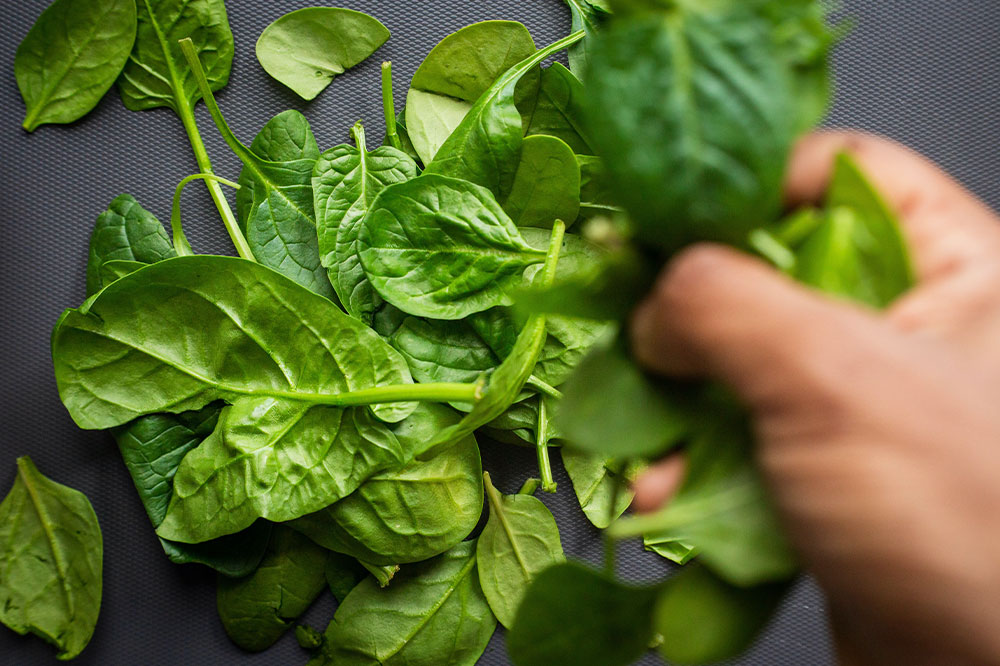6 at-home car maintenance tasks

Owning a car offers freedom and convenience to travel wherever and whenever, without worrying about transportation availability. That said, car ownership requires ongoing maintenance to ensure road safety. Regularly maintained vehicles are also more reliable, and they last longer. While some repairs require professional service, many routine car maintenance tasks can easily be performed at home. Performing DIY car maintenance not only saves money but also helps one gain a better understanding of their vehicle.
Change engine oil
Engine oil is a coolant that protects the engine and helps prevent overheating. It reduces the friction and wear, ensuring the car runs smoothly. It is necessary to regularly check oil levels and change them when necessary. An oil dipstick allows the car owner to monitor the oil level and color. If the oil is within the full range and is amber-colored, it is in good condition. However, if the oil appears different, it may need to be topped off or replaced. Ideally, car owners should replace the engine oil every 5,000 to 7,000 miles. Unfortunately, many people try to stretch the scheduled oil change past the stated limit to avoid spending time at the mechanic’s garage. But there is another way to save time and waiting queues: learn to perform periodic oil changes at home.
Replace air filters
The engine works like a well-oiled machine when it has access to clean air. Start by looking for the air filter box. If it is possible, clean off all the dirt and debris from the filter. However, if the filter is excessively clogged, it is best to replace it. This step can help prevent engine issues and ensure that the car runs smoothly.
Clean battery terminals
Corrosion caused by environmental factors can significantly impact battery terminals. This issue can become serious if the terminals are not regularly checked and maintained. Fortunately, cleaning off the rust is a simple process. To begin with, make a mixture of baking soda and water. Either dip a toothbrush or a cloth into this concoction. Scrub the terminals and the surrounding area thoroughly to remove corrosion. But make sure to disconnect the battery and follow all safety precautions before starting the cleaning process.
Inflate tires
Keeping the car tires inflated can help improve its fuel economy and prevent the risk of early wear. That said, before inflating the tire, check the manufacturer’s recommended PSI. Once this is checked, make sure to stay within those limits. All that’s needed to maintain the tire air pressure is a tire pump, and the car can be good to use.
Replace wiper blades
Knowing how to change the car’s wiper blades can save a significant amount of money and hours that one would spend at a repair shop. If one’s a first timer, pay close attention to how the blades are attached when removing them for replacement. Once it is clear how the blade arms need to be connected, attaching the new wiper blades can become easier. Just be sure to handle them carefully to avoid bending them.
Change light bulbs
Headlights, brake lights, and turn signals must be in perfect working order to ensure road safety. If any bulbs are worn out, replace them right away. This is generally an easy task, as it only requires a basic screwdriver and replacement bulbs. But, before going ahead with the replacement, make sure to get bulbs that are specific to the vehicle model.
Maintaining a car is not just about fixing problems; it’s about preventing them through regular care. By embracing basic home car maintenance practices, one can protect their investment and enjoy peace of mind before heading on a journey.







